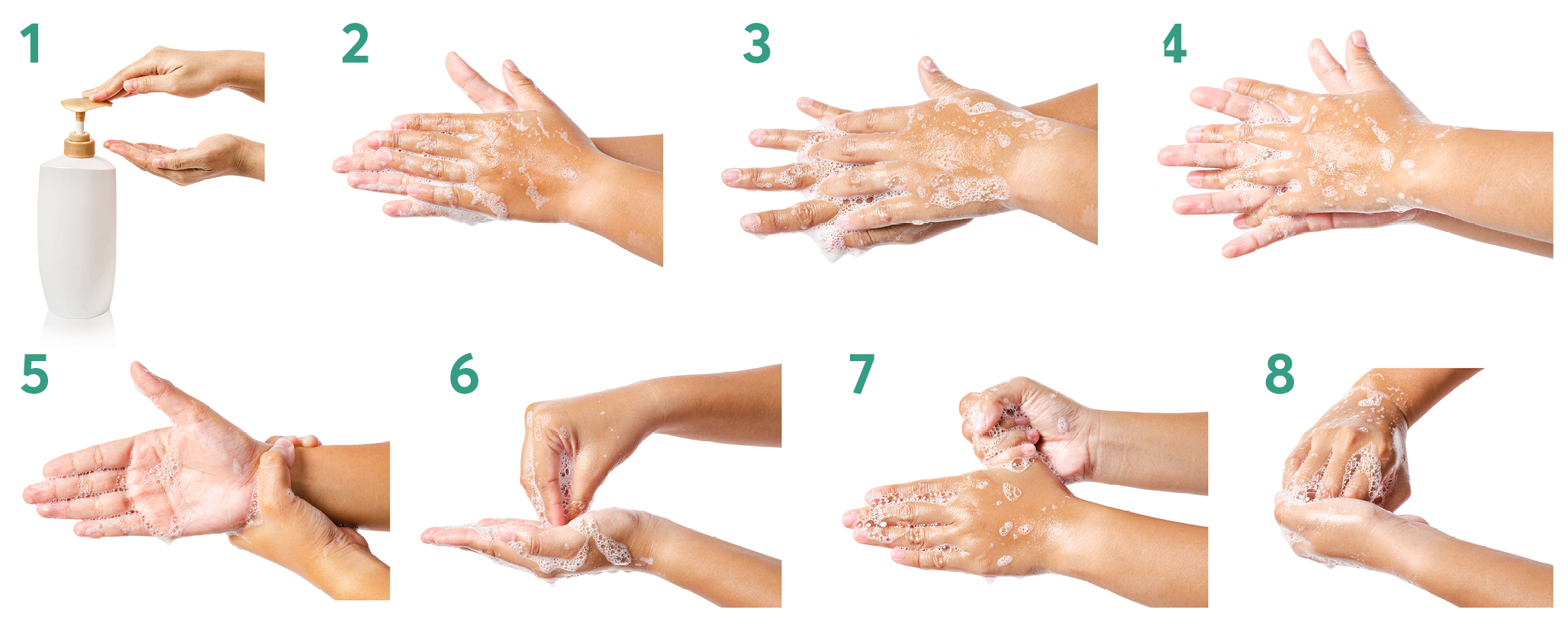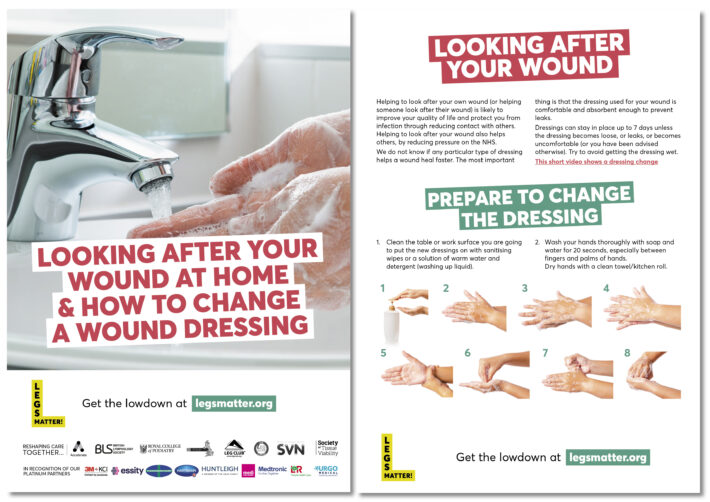Is your patient able to self-manage?
For patients with chronic wounds, it is crucial, now more than ever, that they engage in their care. Self-care can offer a means to maintain or even improve the capacity to live well over time.
Patients need to be
- Willing
- Health literate
- At the centre of your decision making and care delivery
- Supported
- Physical and mental ability
Can the patient physically reach the wound to manage dressing changes? Can they understand their treatment and care? Are they mentally and physically able to self-care? Will they be able to monitor for signs of infect - Support/ situation
Are they dependent on carers or family for care delivery? Are there financial constraints which might form a barrier? - Motivation
Do they understand why self-care will help them?
Are they willing and ready to carry out self-care?
Have they had any negative experiences in the past which might influence how well they cope?
Promoting self-care can empower patients and reduce nursing workloads. Patients should never feel abandoned but should have support available as needed.
The above information has kindly been provided by one of the Legs Matter corporate partners, Essity.
Caring for you own wound at home and how to change a dressing
It is important to prevent and recognise infection.
You will need:
- Dressing pack – will include gauze, gloves, tray, apron and waste bag
- Wound dressings provided by nursing staff
- Scissors cleaned prior to use
- Creams / barrier creams for surrounding skin
- Tape if required
- Running tap water to clean the wound and surrounding skin
What to do
- Wash hands thoroughly especially between fingers and palms of hands like the step-by-step guide below

-
- Dry your hands with a clean towel or kitchen roll
- Open dressing pack and put on the apron provided
- Remove waste bag for dirty dressings
- Open new wound dressings and drop into clean opened dressing pack
- Remove dressing without touching the inside of the dirty dressing or the wound bed, you might have to wet dressing with tap water if dressing is stuck to wound, do not pull if stuck as this will damage the healing wound
- Place dirty dressing into the bag provided
- Wash hands again
- Apply clean gloves from sterile pack
- Clean the wound bed by gently wiping to remove any wound residue and then surrounding skin with tap water and gauze from dressing pack
- Ensure that you clean the wound before the surrounding skin and use a new piece of gauze for the surrounding skin
- Dependent upon the location of the wound it may be more appropriate to shower which will ensure that the wound bed and surrounding skin are clean prior to dressing
Monitor for signs of infection
Observe for:
- Redness to skin surrounding wound
- Skin surrounding wound is warmer than normal
- Wound has become painful
- Swelling and hardening
- Increased wetness from wound
- Offensive smell
- Yellow or green pus
- If wound deteriorates / gets larger or deeper
- High temperature (fever)
- Feeling generally unwell
If the infection spreads further, the redness will keep spreading to more areas of skin and you may begin to feel unwell.
If you suspect a wound infection, please contact your GP practice and if you need further advice please contact the wound care service.
Content based on a document produced by the National Wound Care Strategy Programme. Accessed from their website on 14 April 2020.
Download this page as a leaflet

Tell us what you think
If there’s anything you want to ask us or tell us, whether it’s a suggestion about our website, a complaint, or a compliment, drop us a line at
support@legsmatter.org









